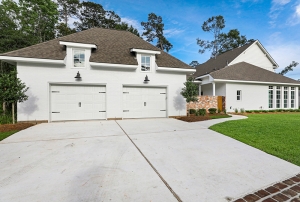 The prediction this year is a challenging one for the housing market. Mortgage rates will increase as well as home prices making it harder to afford a new home. Along with the decrease in affordability
The prediction this year is a challenging one for the housing market. Mortgage rates will increase as well as home prices making it harder to afford a new home. Along with the decrease in affordability
, there will also continue to be a short supply of homes to purchase.
On the flip side, 2019 sees more entry-level homes being built and mortgage lenders are making it easier to qualify for a home loan. First time home buyers should have a better chance at purchasing their first home this upcoming year.
A great way to look for a good opportunity is to follow the market trends. Here are several housing and mortgage trends to watch for this year.
Supply and demand is always for the buyer or for the seller. The best time to buy is when the market exceeds the demand. The real estate market has been on the seller’s side now for almost a decade. There is just more buyers out there then there are homes for sale. Although this is not an ideal situation for those looking to purchase a home, the forecast does show there might be some fortune coming their way. Reports have shown that there will be a rise in the number of homes for sale in 2019.
Secondly, look at the home price trends. Are the home prices on the rise or holding steady? It is predicted that the prices of homes will rise this year but at a slower pace than in the previous years. The National Association of Realtors estimates the prices to rise 2.5% in 2019 to a median of $265,200 making the spike 2.2% less than in 2018 where the rise was 4.7% to a median of $258,700.
“Home price appreciation will slow down — the days of easy price gains are coming to an end — but prices will continue to rise,” says Lawrence Yun, chief economist for the National Association of Realtors.
Another trend to watch is the rise in Mortgage rates. Again, it is predicted that the mortgage rates will rise at a slower pace in 2019. A 30-year fixed mortgage
should rise half a percentage point this year according to Freddie Mac compared to the 2018 30-year fixed mortgage rate which went up just under three-quarters of a percentage point.
A shy buyer’s market can be concerning. Potential home buyer’s should gauge home ownership affordability. When the prices and rates go up, it is harder to find affordable homes.
“We do worry about affordability, particularly in some areas that have lower inventory” of homes for sale, says Randy Hopper, senior vice president of home lending for Navy Federal Credit Union.
According to Hopper this will not deter prospective home buyers from purchasing a home. He explains that a quarter or half percentage point rise will only impact a mortgage payment by $75 to $100 per month on a $300,000 home for example.
Hopper states this, “isn’t insignificant, but it’s not necessarily something that impacts the buying decision.”
As far as home prices, Danielle Hale, chief economist for Realtor.com predicts the home prices to rise at a slow pace which will cause them to fall back in line with incomes.
Look for ways the builder’s accommodate the price increases in the housing market to make a more affordable home for potential buyers. Builder’s are building new homes smaller and more affordable.
“Continuing a multiyear trend, new single-family home size decreased during the third quarter of 2018,” wrote Robert Dietz, chief economist for the National Association of Home Builders, in a November blog post. “New home size has been falling over the last three years due to an incremental move to additional entry-level home construction.”
Homes built in 2018 averaged out to be about 2,320 square feet which is 4.9% smaller than the median size of new homes built in 2016.
Hopper comments, “I think for many years, the builders were focused on that $500,000-and-up market because the margins were healthier,” he says. “But they’re starting to find now that there’s so much pent-up demand in the lower-end-priced market that they can sustainably offer communities and new construction, and we’ve seen a lot of growth in that space.”
Another trend to be aware of is first-time home buyers. “First-timers have dominated the mortgage market for the past 10 years, and their share today is still high,” according to an Urban Institute report published this summer, which adds: “We don’t see this changing anytime soon.”
Currently first-time home buyers take out approximately 60% of purchase mortgages. Prior to the housing crisis, first-time home buyers only made up 40%. In fact, 80% of the growth in home sales for the past three years are from first-time home buyers.
Tian Liu, chief economist for Genworth Mortgage Insurance reports, “Between 2007 and 2015, our estimate is that roughly 3 million first-time home buyers delayed buying a home, and they’re reaching that age when they can no longer delay.” Liu says. “Their housing needs are really catching up with them. It doesn’t feel right to be raising a family in a rental apartment. They want to own their place. So I think those drivers will be very significant for the next few years.”
Look at the mortgage lending standards. Mortgage lenders want to make sure a borrower can repay their loans. During the financial crisis of 2008, lenders became strict on their lending standards.
Today, mortgage lenders are tending to relax the standards. There are less documents, lower credit scores and smaller down payments that are required.
This leads into what type of mortgages are being chosen by home buyers. When rates on fixed-rate mortgages go up, home buyers tend to choose ARMs (adjustable-rate mortgages).
Arms accept more risk from the borrower. In October of 2018 ARM’s consisted of 8.2% of compared to the 5.5% in 2017.
Last, watch for bidding wars. Even though 2019 is predicted to be a seller’s market doesn’t mean a seller can expect a bidding war. If a home is priced above the median for that area, sellers tend to not see a bidding war.
As a seller, Hale says, “if you’re in that above-median price point, you’re going to have to price competitively and offer incentives for buyers.”
Click here for source information.
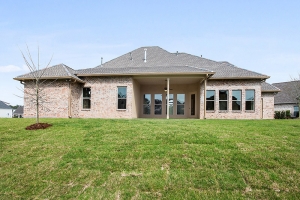 Spring always brings warm weather, sunshine and an upbeat attitude. The home market started off slow for the beginning of 2019, but analyst believe there will be a rise in home sales Spring 2019.
Spring always brings warm weather, sunshine and an upbeat attitude. The home market started off slow for the beginning of 2019, but analyst believe there will be a rise in home sales Spring 2019.
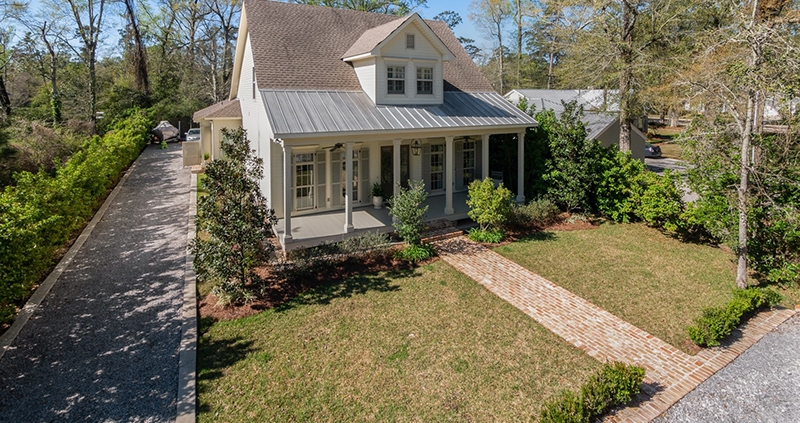
 Millennials had enough with living with mom and dad. In 2017, 22% of adults between the ages of 25 to 34 were living with their parents compared to the 11.6 % of adults between the ages of 25 to 34 that were living with their parents in 2005. This increase was due to the housing crisis, slow earnings growth, soft labor market and steep student loan debts. As of 2016, Millennials started to be in the position to financially own a home. The homeownership rate for those under 45 began to recover very quickly. This is an important statistic for the housing market because Millennials (those born after 1981) will outnumber baby boomers in the near future.
Millennials had enough with living with mom and dad. In 2017, 22% of adults between the ages of 25 to 34 were living with their parents compared to the 11.6 % of adults between the ages of 25 to 34 that were living with their parents in 2005. This increase was due to the housing crisis, slow earnings growth, soft labor market and steep student loan debts. As of 2016, Millennials started to be in the position to financially own a home. The homeownership rate for those under 45 began to recover very quickly. This is an important statistic for the housing market because Millennials (those born after 1981) will outnumber baby boomers in the near future.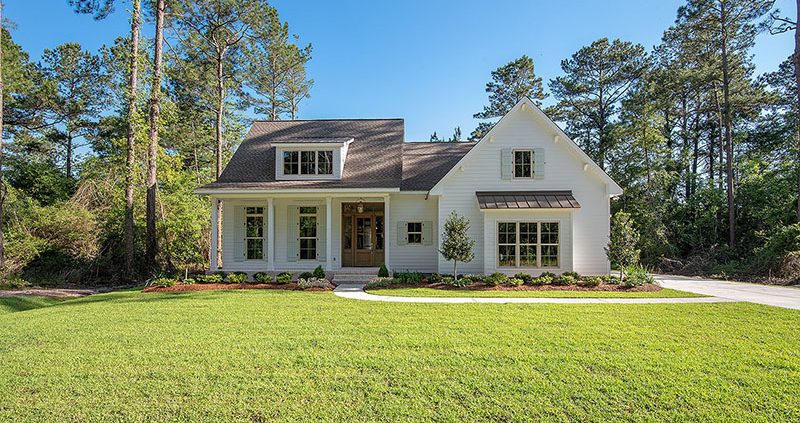
 The prediction this year is a challenging one for the housing market. Mortgage rates will increase as well as home prices making it harder to afford a new home. Along with the decrease in affordability
The prediction this year is a challenging one for the housing market. Mortgage rates will increase as well as home prices making it harder to afford a new home. Along with the decrease in affordability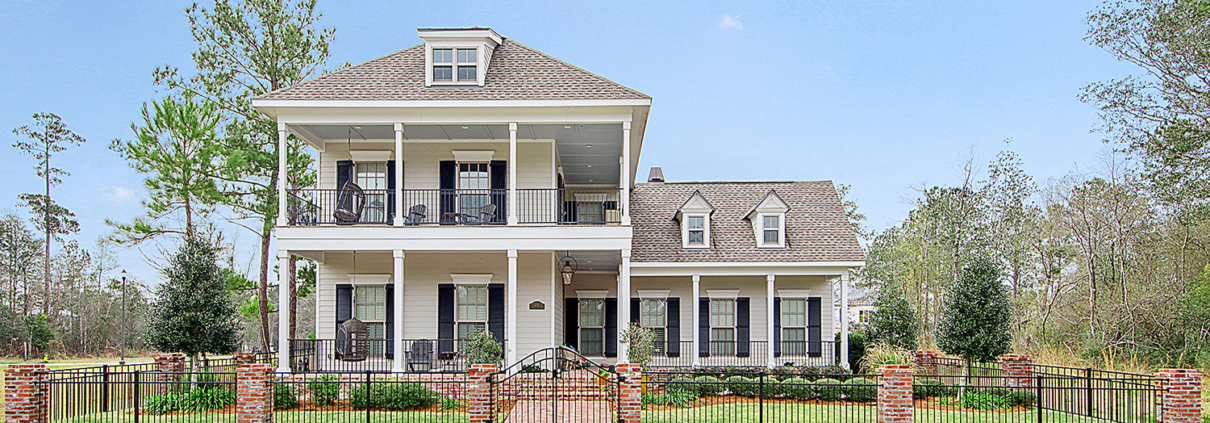
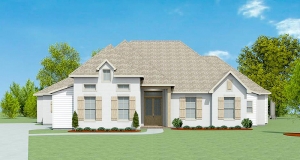 The housing market was a bit slower in the last half of 2018. Despite the slowdown in the sale and resales of homes, the job openings in the construction industry boomed in the last part of 2018.
The housing market was a bit slower in the last half of 2018. Despite the slowdown in the sale and resales of homes, the job openings in the construction industry boomed in the last part of 2018.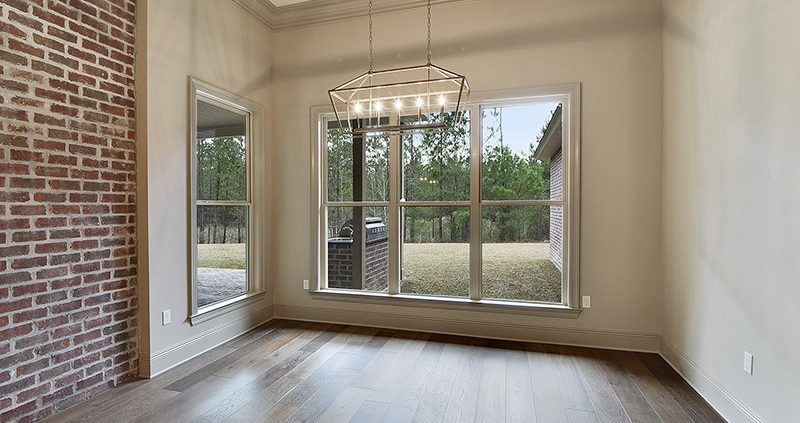
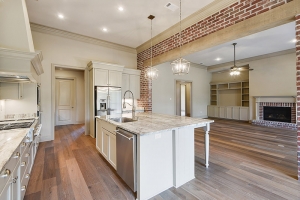 A high school degree can only get you so far but coupled with a college degree or a skill set can give you further career alternatives. There is a demand for career and technical education in high school. Here are some great reason why every high school should incorporate home building as an elective.
A high school degree can only get you so far but coupled with a college degree or a skill set can give you further career alternatives. There is a demand for career and technical education in high school. Here are some great reason why every high school should incorporate home building as an elective. they want to buy is that 49% of buyers said that affordability is a factor followed by 40% looking for specific features. 38% of home buyers said that they cannot find the home at the right price with the right features in a neighborhood where they want to live.
they want to buy is that 49% of buyers said that affordability is a factor followed by 40% looking for specific features. 38% of home buyers said that they cannot find the home at the right price with the right features in a neighborhood where they want to live. breaking on a $53.4 million expansion. The expansion will add close to 159,000 square feet and will include a four-story build-out. The number of beds will go from 232 to 247 with all private rooms. Once the project is completed, the semi-private rooms throughout the hospital will be converted to private rooms.
breaking on a $53.4 million expansion. The expansion will add close to 159,000 square feet and will include a four-story build-out. The number of beds will go from 232 to 247 with all private rooms. Once the project is completed, the semi-private rooms throughout the hospital will be converted to private rooms. ard from single family to multi-family homes.
ard from single family to multi-family homes. which totaled $8 billion, office comes next at $7.6 billion and last is lodging totaling $4.2 billion.
which totaled $8 billion, office comes next at $7.6 billion and last is lodging totaling $4.2 billion.